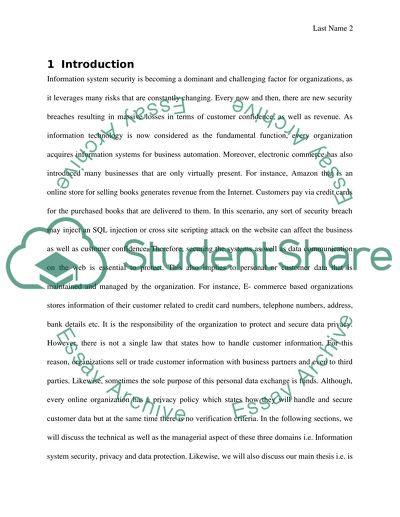Cite this document
(“Security as a management or technological issue Essay”, n.d.)
Retrieved from https://studentshare.org/information-technology/1394280-security-as-a-management-or-technological-issue
Retrieved from https://studentshare.org/information-technology/1394280-security-as-a-management-or-technological-issue
(Security As a Management or Technological Issue Essay)
https://studentshare.org/information-technology/1394280-security-as-a-management-or-technological-issue.
https://studentshare.org/information-technology/1394280-security-as-a-management-or-technological-issue.
“Security As a Management or Technological Issue Essay”, n.d. https://studentshare.org/information-technology/1394280-security-as-a-management-or-technological-issue.


